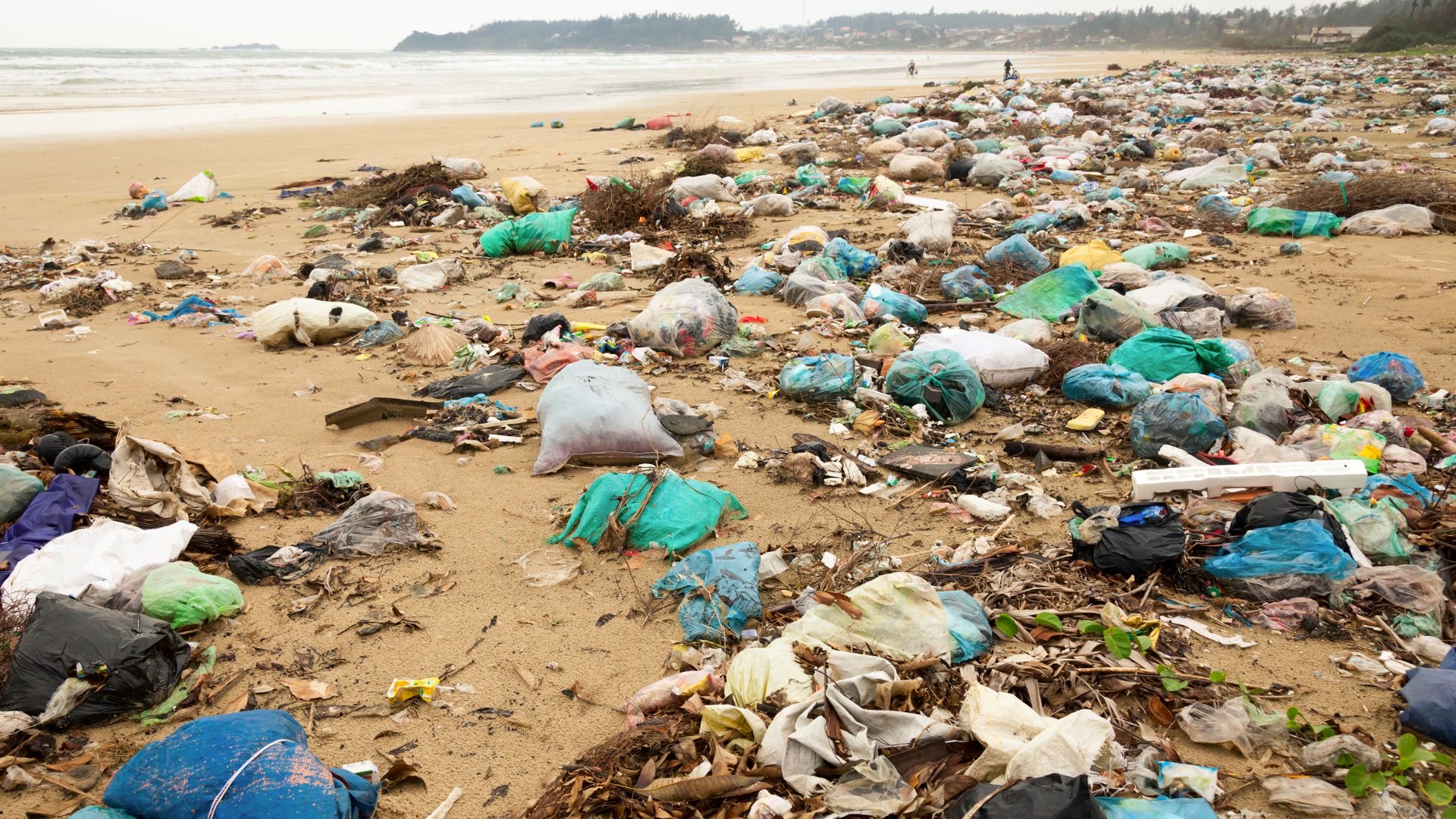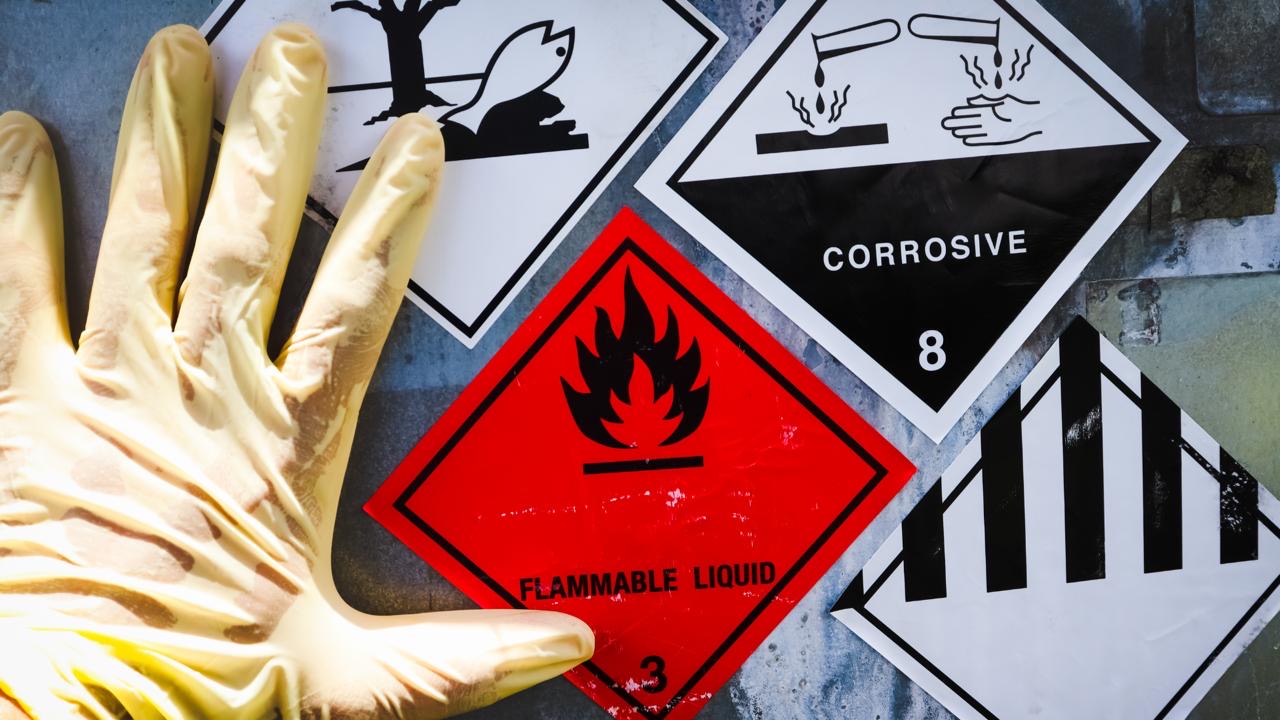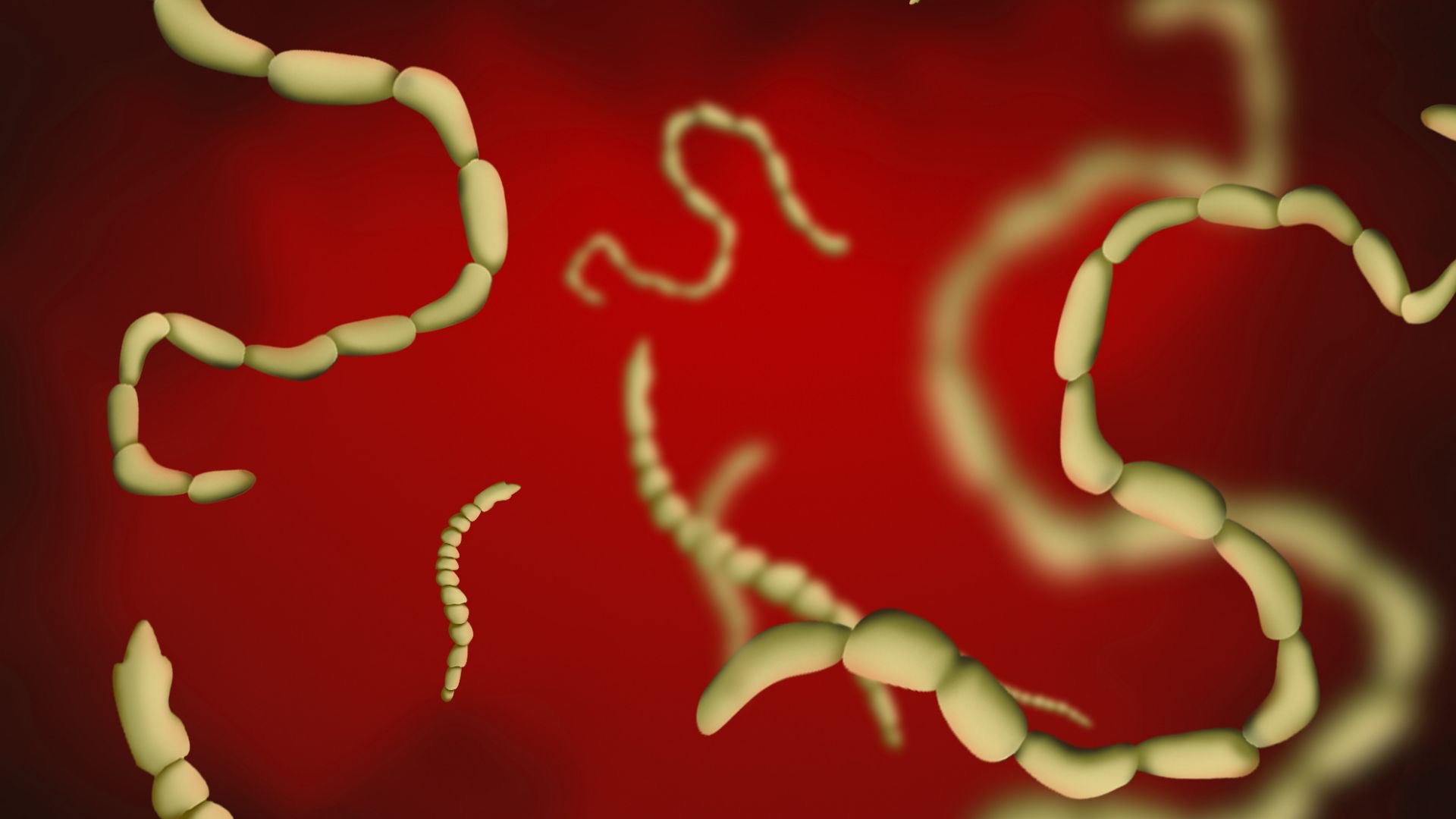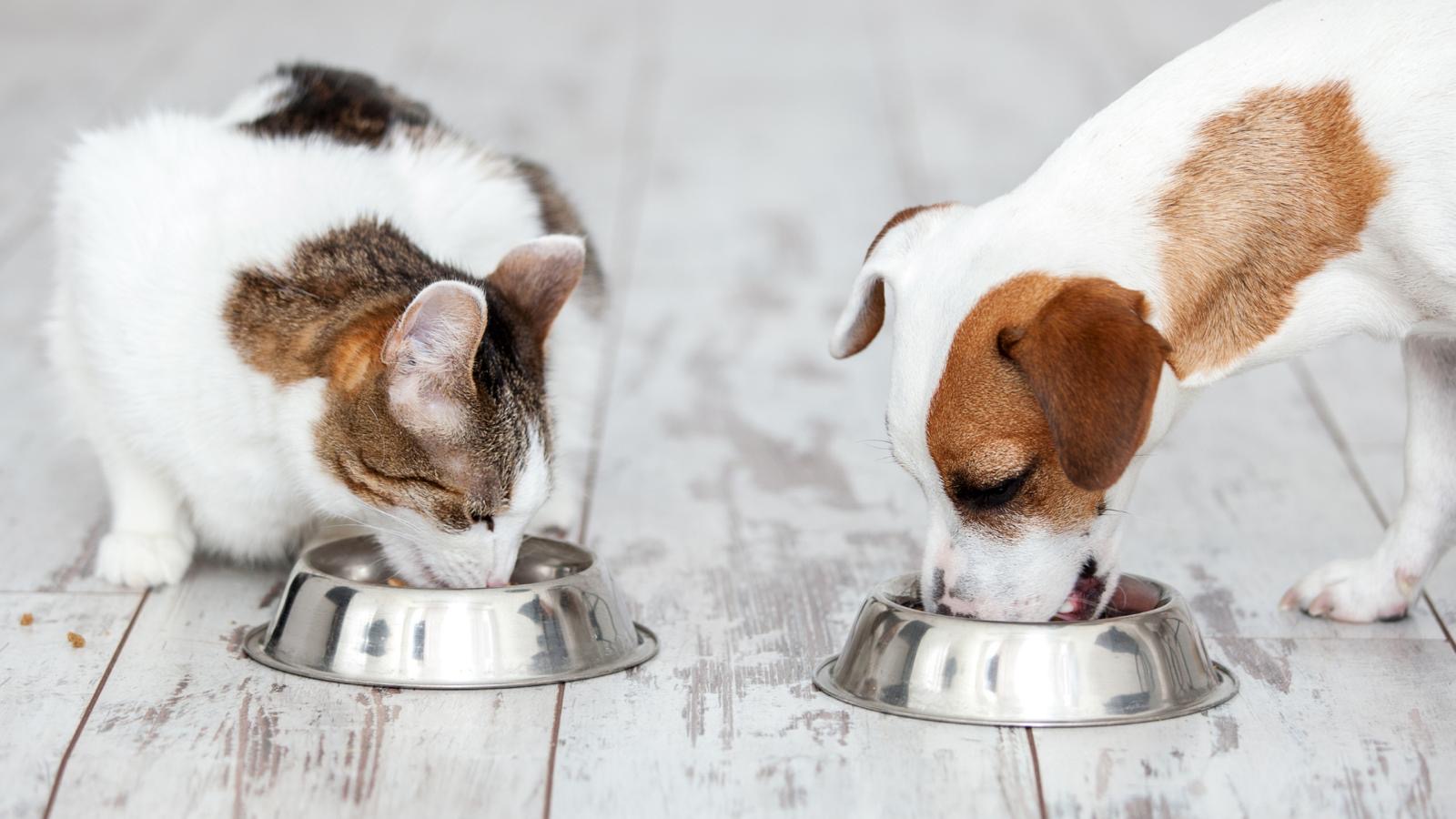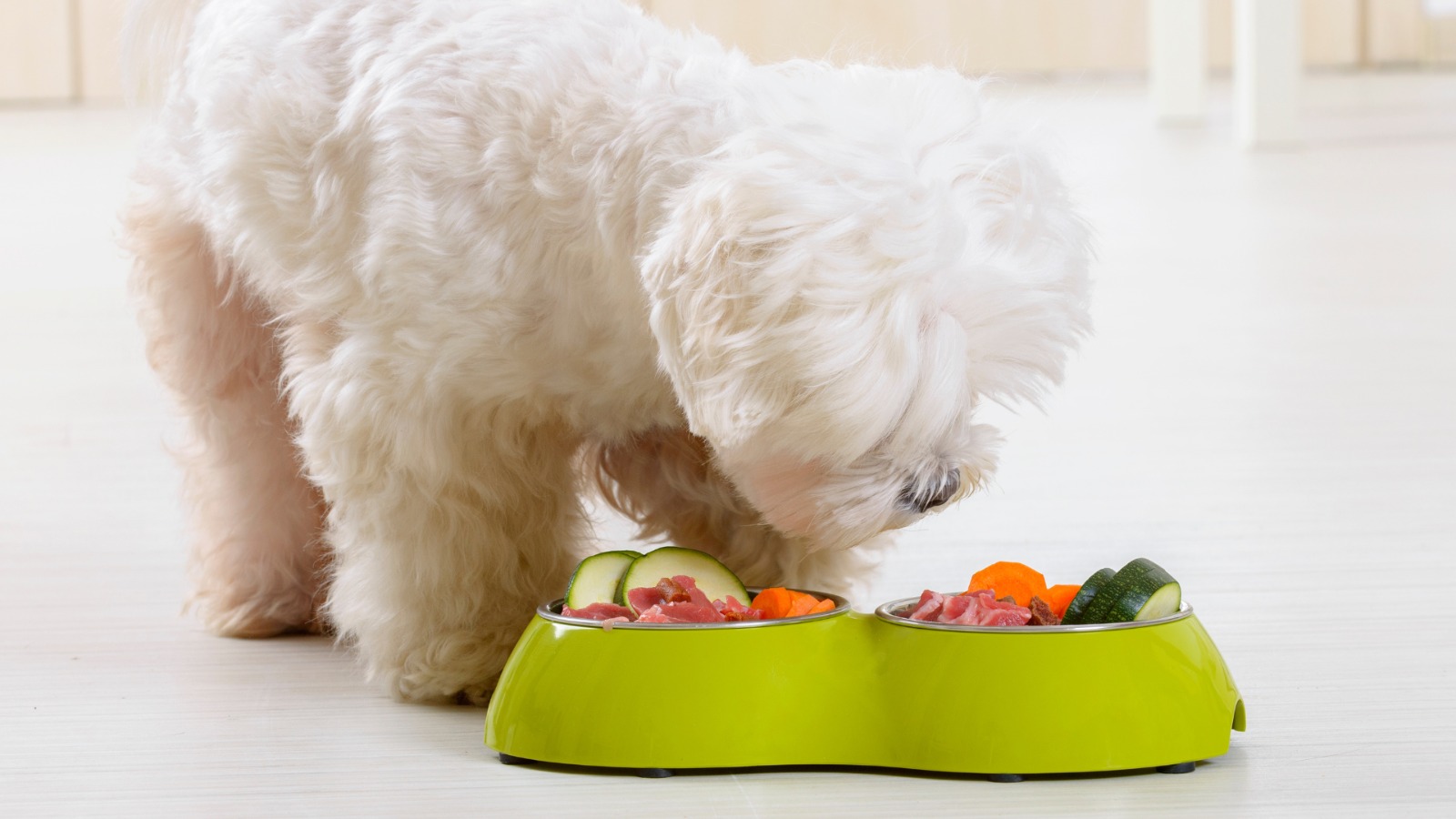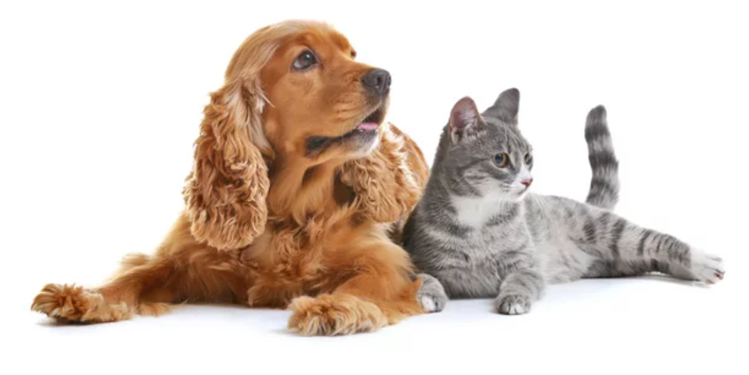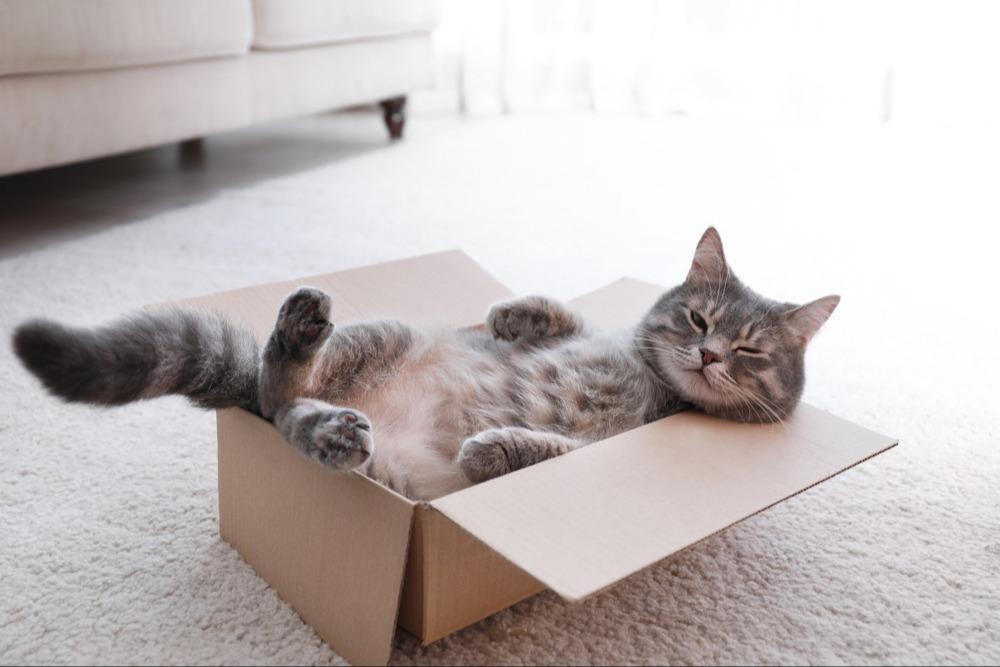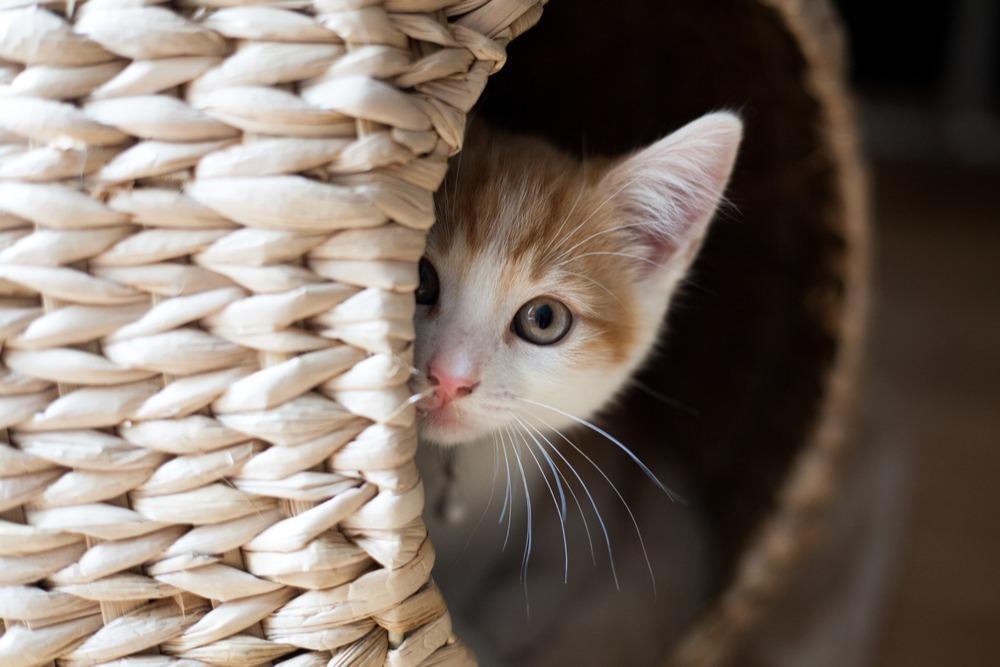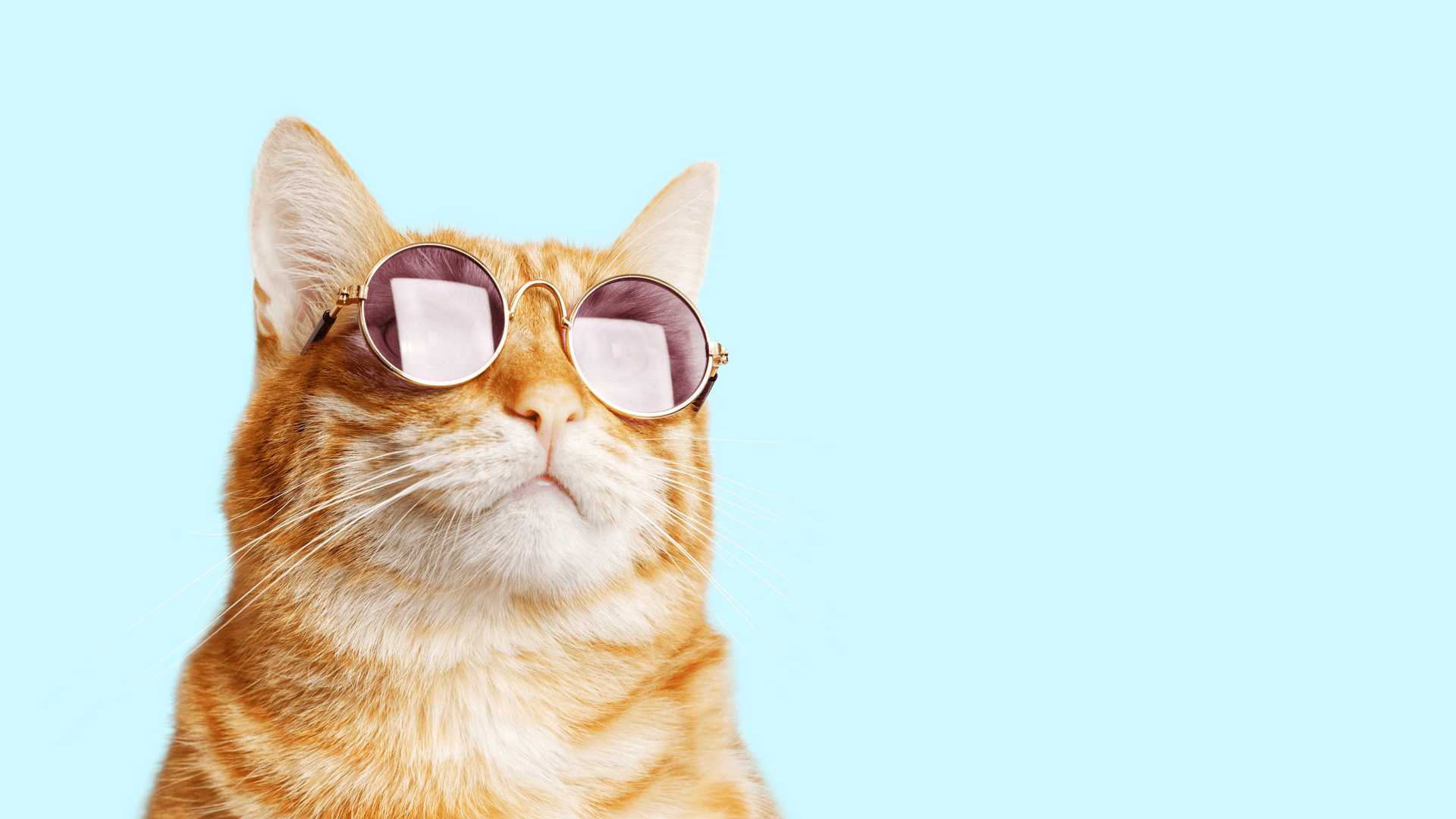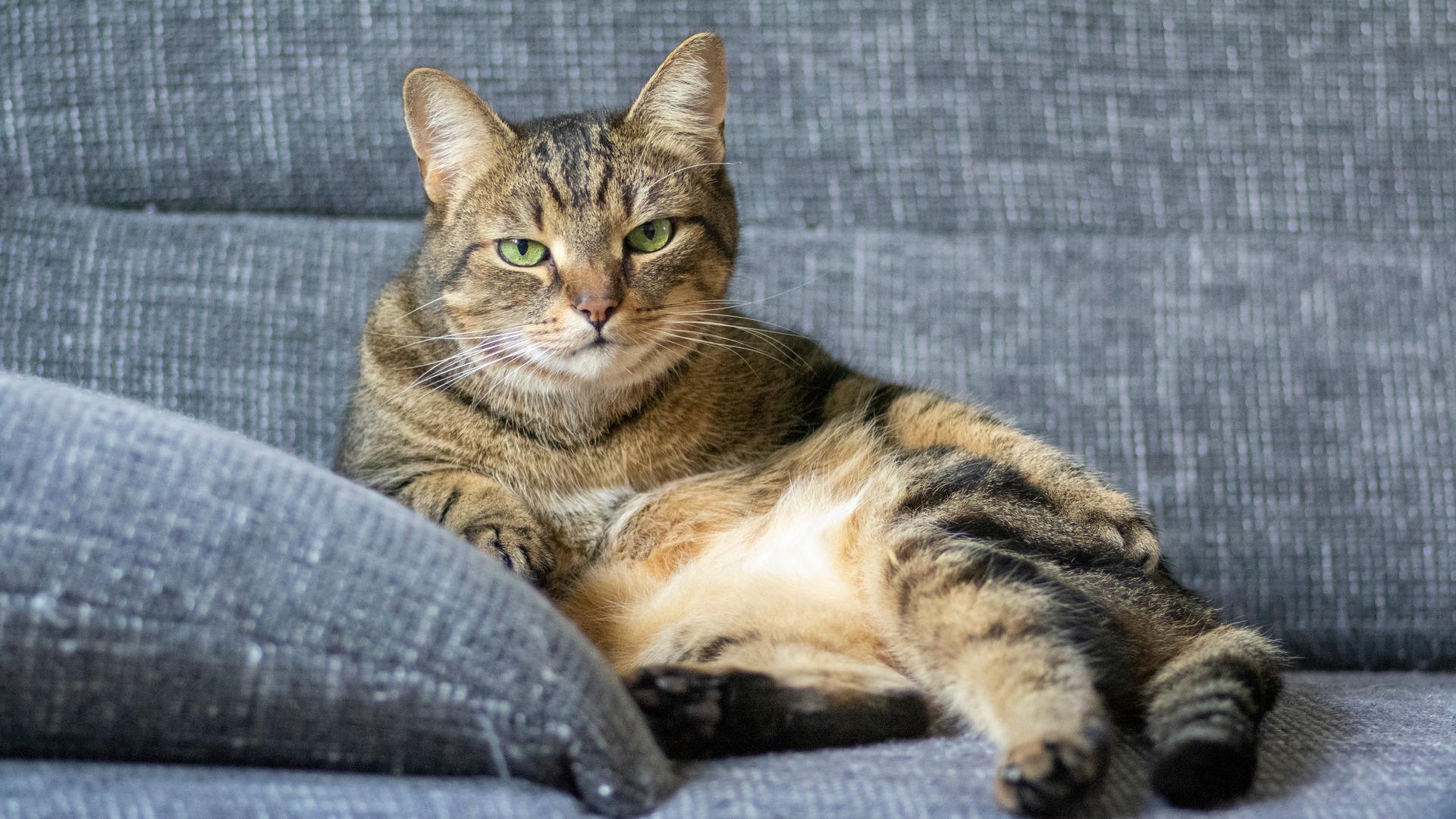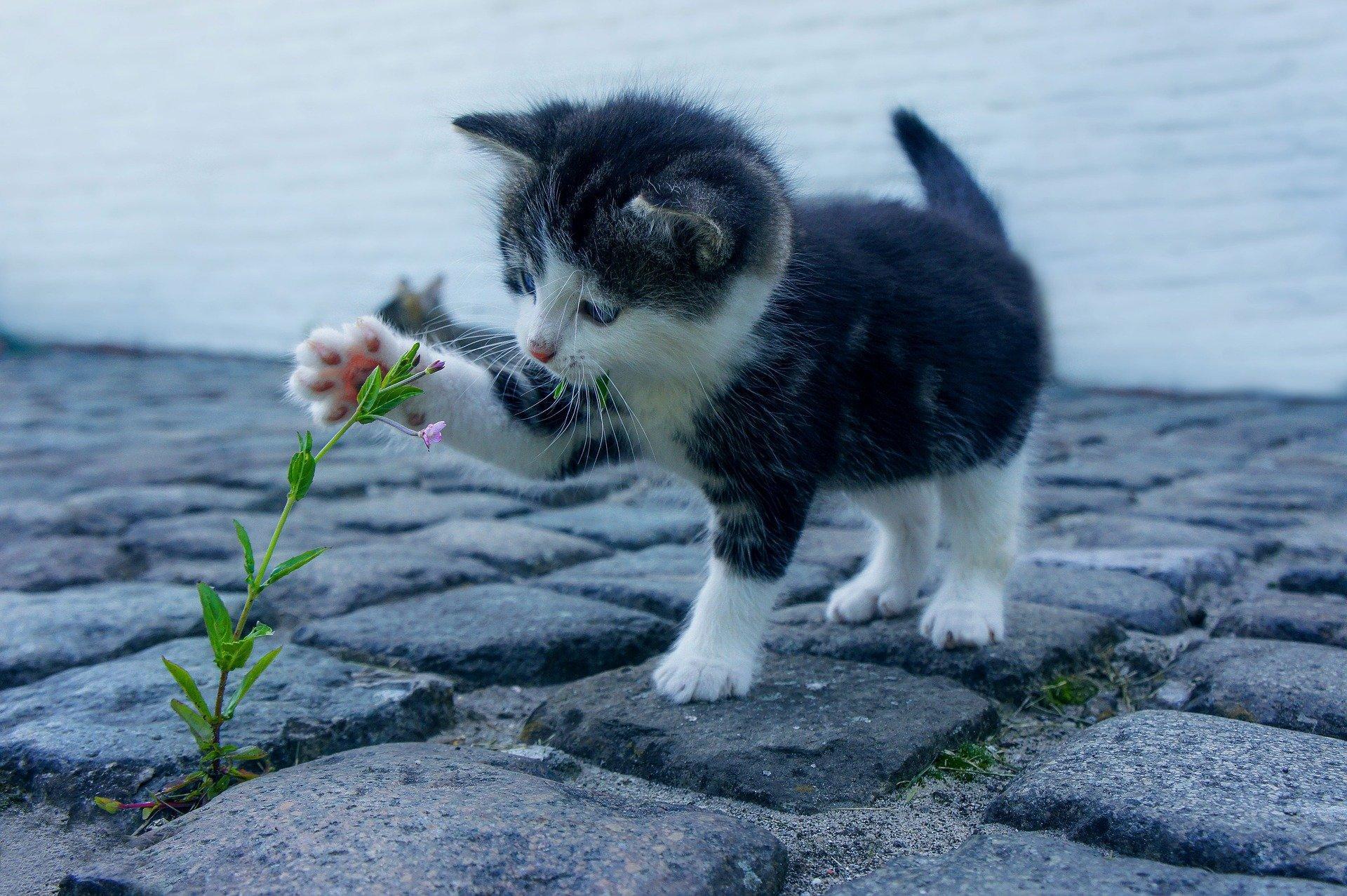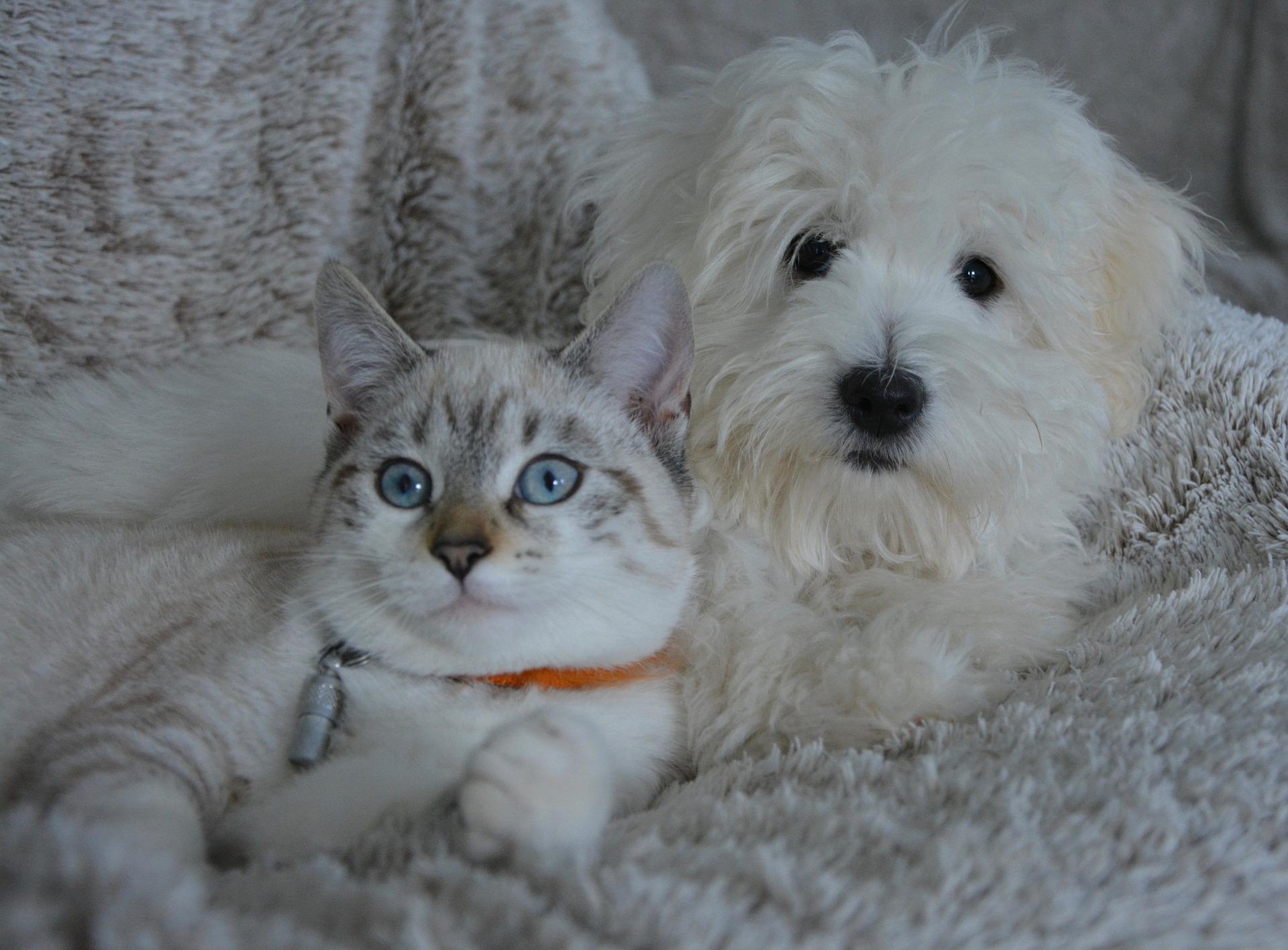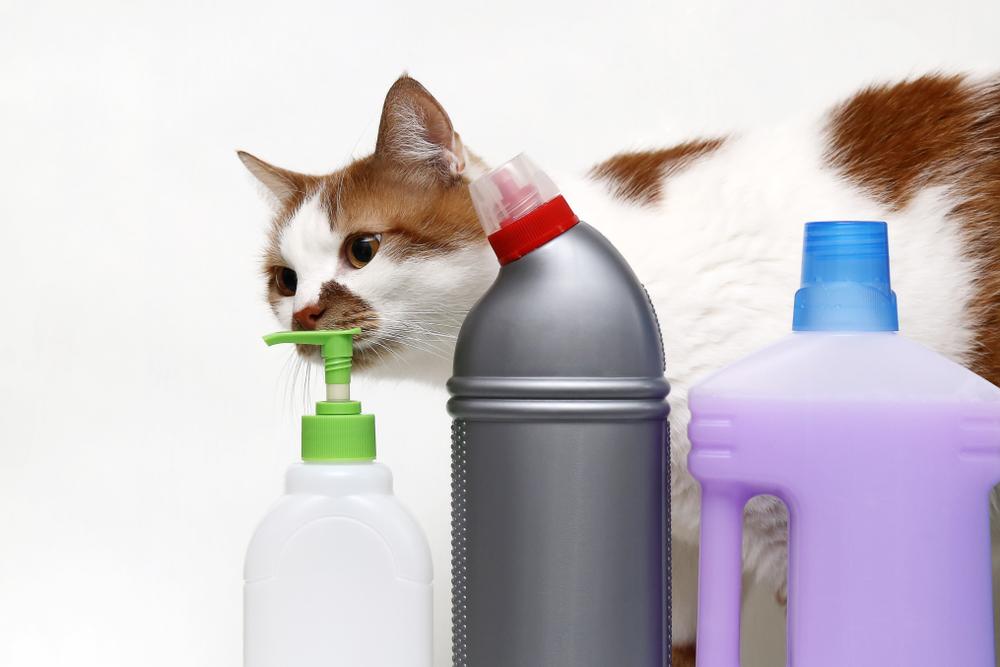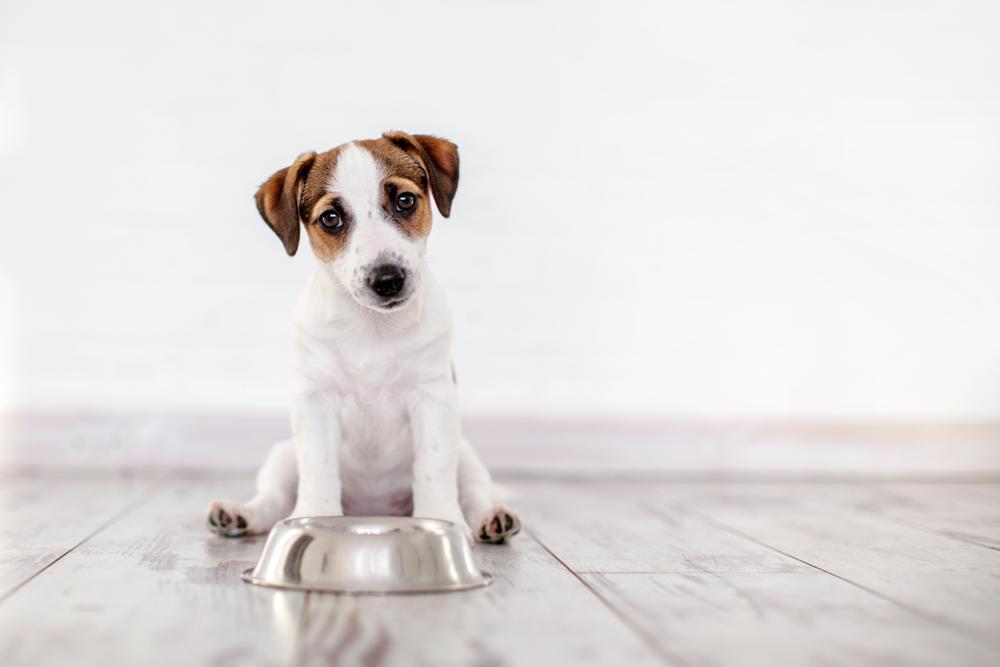Cats are obligate carnivores.
What this essentially means is that cats rely on nutrients in animal tissues to meet their specific requirements.
Not plants…. but animal tissues.
So, let’s explore the world of the cat in a little more detail and see how we can support their nutritional needs to not only survive, but thrive.
Evolutionary events have led to a unique digestive and metabolic peculiarity. Whilst in many other species, we have the three macronutrients, fat, protein and carbohydrates, cats seem to have no physiological requirements for carbohydrates. Now where this becomes interesting is that the brain and red blood cells have an absolute need for glucose, and we know that carbs equal glucose, so where do cats get glucose from? Surely without carbohydrates they would be forever hypoglycaemic? Well, through a process of gluconeogenesis, they produce glucose. Us humans, and dogs too can perform this process, but cats have it down to a fine art.
Gluconeogenesis is the metabolic process by which glucose is produced from non-carbohydrate precursors, like lactate and amino acids (and we know that amino acids are the building blocks of protein).
All amino acids, except leucine and lysine are gluconeogenic and alanine is the major gluconeogenic amino acid. The process mainly occurs in the liver, but some processes are carried out in the kidneys and a small portion is carried out in the intestines.
It is thought that cats evolved with the process because of their proportionally large brain. As we have mentioned, the brain has an absolute need for glucose, and it is thought that the brain demand for glucose in cats is around 30% whereas for us humans who have a much larger brain is 44%.
Cats wouldn’t have been able to consume high enough levels of carbohydrates from their natural prey diet, so their body had to adapt to survive. This evolution has resulted in a small capacity for starch digestion, having limited salivary amylase which is similar to dogs. Amylase is found in the feline pancreas and chyme, but the activity is incredibly low compared to other animals. Their pancreatic maltase activity is also extremely low.
Cats seem to know this and when given the opportunity will choose low carbohydrate but high protein diets in order to balance their own macronutrients. They also don’t appear to have developed a sweet tooth. In evolutionary terms, us humans would have stocked up on sweet-tasting foods, but cats didn’t need to. To that end, they don’t show any preference for natural sugars or artificial sweeteners. In the absence of protein, cats will opt for fat. When fat and protein is limited, but carbohydrate is unlimited, cats appear to experience nutritional deficits.
This is largely due to their requirement for taurine. Taurine is present in a range of meats and seafoods but is essentially absent from plant material. This is another reason why cats are deemed obligate carnivores. Dietary deficiency of taurine is linked with a range of important conditions.
Retinal Degeneration
More commonly known as retinal atrophy, it is the complete or partial wasting of the retina. The cells degenerate over time, eventually leading to blindness in the cat. First signs include the eye being more reflective and the pupils are more dilated than normal. Lesions are usually bilaterally symmetrical. A dietary deficiency must be present for several months before changes appear but lesions are progressive whilst the cat is on a deficient diet, although visual defects don’t tend to appear until the late stages of degeneration.
Reproduction
Taurine deficiency is well known for having marked effects on reproductive performance and on the growth and survival of the young. Cerebellar dysfunction often occurs in kittens of taurine deficient mothers.
Dilated Cardiomyopathy
Taurine deficiency can lead to weakening of the muscle cells in the heart, causing a condition called dilated cardiomyopathy (DCM). Taurine is essential in membrane stabilisation. Many cases of feline dilated cardiomyopathy are associated with low plasma taurine levels and when administered with taurine, they show an improvement. Sadly, when left untreated for too long, dilated cardiomyopathy will progress to heart failure and death.
The importance of taurine in commercial cat food was noted in the late 1980’s; following reformulation of cat foods, cases of taurine related dilated cardiomyopathy decreased from 28% to just 6%.
Findings here
Including taurine, eleven amino acids are recognised as essential for the cat, but some have a higher utilisation than others. Taurine is necessary for vision and the function of the cardiac muscle, nervous system, immune system, and reproductive systems. Arginine is used in the urea cycle and methionine and cysteine are incorporated into antioxidants, hair and urinary outputs but are primarily gluconeogenic amino acids, catabolised to provide energy.
With their incredible utilisation of amino acids, cats present what is known as a carnivore connection. This is a bundle of carbohydrate-sensitive conditions, first noted in humans who were late to join the carbohydrate-eating party (Paleo-Indians, Australian Aborigines for example).
In short, there is a higher incidence of conditions like glucose intolerance, insulin resistance and diabetes.
However, other data has suggested that carbohydrate content is of little effect, and these conditions are instead associated with overweight or obese cats.
44% of cats in the UK are deemed as overweight or obese by veterinary professionals. Whereas when surveyed, only 8% of owners think their cat needs to lose any weight.
Obesity is defined as abnormal or excessive fat accumulation that presents a risk to health. This is a result of excess calories that the body cannot use; these calories can be from any of the macronutrients. It is often considered that a major factor driving obesity is the practice of free-feeding, in which a bowl of dry food is available for consumption by a cat throughout the day, and simply topped up as it runs out. There is also recent research that suggests feeding cats just once a day may control hunger better than several feeds a day.
Findings here
This study demonstrated that the cats showed a faster respiratory quotient, suggesting they were burning fat stores, which is the key to maintaining a lean body mass. Not only that but they also had larger increases in blood amino acids, meaning more protein was available to them to build muscle and other proteins. They likened the benefits to those seen in human literature of fasting.
If there are considerations around fewer meals per day for the cat, it again highlights the need for a high-protein diet as protein is the most effective macronutrient providing a satiating effect.
As we have our crystal ball next to us, we know that you will now be thinking of the kidneys.
Surely, all this protein is the reason that cats suffer with chronic kidney disease?
Yes, cats suffer with chronic kidney disease, 13% of under 4-year olds do, 24% of 4-10-year olds and 31% of all cats aged 10-15 years of age do.
But there are several factors that contribute to the development of it. The use of NSAIDs increases prevalence along with immune system dysfunction and resulting inflammation.
However, commercial dry food contains little moisture which can increase thirst and tax kidneys further. Cats, in evolutionary terms were not big drinkers. They evolved on arid like landscapes, so their extremely efficient kidneys preserved water by concentrating their urine much more than kidneys in humans or dogs. Again, we are asking their bodies to perform things it didn’t really evolve to do. Not only that, but higher dietary carbohydrate density has been significantly associated with an increased risk of CKD.
Please also know that dry food contains a lot of starch to stick it together, so your cat’s food, even if grain free, will contain anywhere between 18-60% carbohydrate.
Findings here
Protein, with high biological value is much easier for the body to metabolise. In cases of CKD, moderate protein with low phosphorus is of benefit and the fresher the better! Fresher food tends to have a higher moisture content, so it’s a win win! If you would like to explore nutritional aspects of chronic kidney disease further, then please book a consultation
here.
The difference with cat
The issue with cat ownership, is that many cats are outdoor cats. To this end, many bowel movements are not witnessed, and cases of sickness may be missed. For this reason, early signs of deterioration or ill-health may go unnoticed. The reality is, whether your cat is nutritionally thriving may not be immediately obvious. The most common health issues reported in cats are as follows:
Dental Disease
Obesity
Heart Issues
Skin Problems
Digestive Problems
Parasitic Infection
The reality is that many of these conditions are nutritionally responsive. We know that dental disease is largely driven by substantial intakes of refined carbohydrates and we know that skin and digestive issues can be linked to sensitivities and intolerances, along with malabsorption and malnutrition.
Findings here
It is also clear that immune compromise can modify the severity and manifestation of some parasitic infections.
Findings here
To support the cat, we can follow their evolutionary lead. They have a higher utilisation of taurine and they are also perfectly capable of carrying out gluconeogenesis to produce glucose from non-carb sources. When given the choice, they opt for high protein diets and are more than capable of balancing out their own macronutrients. In the absence of protein, they opt for fat, but when they are limited, in cases of unlimited carbohydrate, they suffer deficits.
Protein is also satiating, and new data is suggesting that fewer daily meals, is better for the overall health of the cat. The major health issues facing our feline population do have nutritionally responsive elements, but if you are concerned about the nutritional requirements of you cat, or if they are experiencing any health issues, then please check out our services.
Thanks for reading!
MPN Team x

